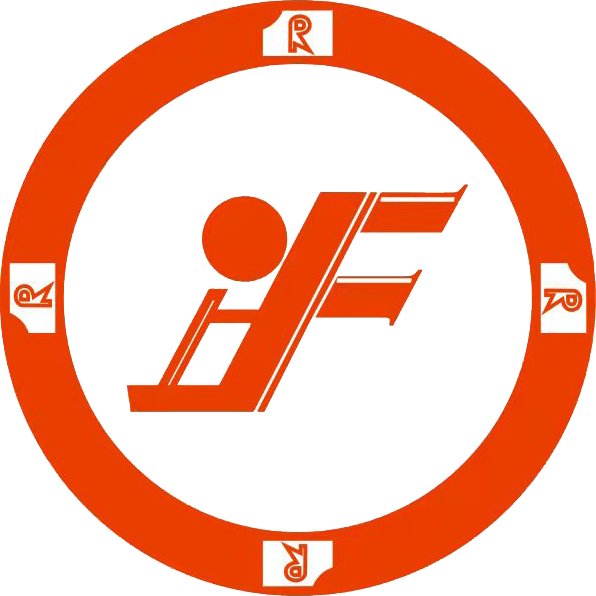Understanding Mold Components
In the sphere of manufacturing, particularly in industries like plastics or custom metal parts, the importance of mold components cannot be overstated. Mold components are essential pieces that form the structure and working mechanics of molds, which are used to shape materials into final products. Understanding the specific roles of each mold component is crucial for optimizing manufacturing processes and ensuring product quality.
Core Mold Components in Manufacturing
The core components of a mold typically include:
Mold Base - This provides the foundational structure to which all other components attach. The quality and design of the mold base can significantly impact efficiency.
Mold Cavity - The cavity determines the shape of the final product. Precision in the design of mold cavities ensures that products meet specifications.
Mold Inserts - Inserts are additional tools used in cavities to create complex shapes. They can significantly reduce production time when designed properly.
Ejector Pins - These components facilitate the removal of the final product from the mold. Ejector pins need to be strategically placed to prevent damage to the product.
Cooling Channels - Effective cooling channels are essential for regulating temperature during manufacturing, which can affect cycle times and material properties.
Importance of Quality Materials
High-quality materials are paramount when constructing mold components. In Russia, industries are continuously looking to enhance their manufacturing capabilities. Using durable and heat-resistant materials for components like the mold base and cavity can lead to longer service life and reduced maintenance costs. Moreover, selecting the right alloy or plastic for mold inserts can enhance the precision and efficiency of the shaped products.
Efficiency through Innovation
Innovation in mold design and manufacturing processes is becoming increasingly prevalent. There are several advanced technologies being adopted in Russia’s manufacturing landscape:
3D Printing - This technology allows for rapid prototyping of mold components, enabling manufacturers to test designs faster and with less investment.
Computer Numerical Control (CNC) - CNC machines enable precision cutting and shaping of mold components, ensuring consistent quality across large production runs.
Material-Granular Distribution Technology - This approach provides a more uniform finish and improves the strength of the final molded product.
Cost-Effectiveness in Mold Component Manufacturing
In a competitive manufacturing landscape, keeping costs in check is essential. Efficient use of mold components can result in considerable cost savings. For example, well-designed cooling channels can reduce cycle times, improving throughput and profitability. It's also vital to strike a balance between initial investment in high-quality components and the long-term savings from reduced wear and tear.
Conclusion
In summary, the efficiency of manufacturing processes in Russia is deeply tied to the quality and design of mold components. Understanding the essential components in mold manufacturing, leveraging innovative technologies, and focusing on cost-effectiveness will be paramount for industry leaders aiming to maintain a competitive edge. Manufacturers must carefully consider each aspect of mold design while striving for continuous improvement and innovation. By investing the time and resources into mold components, companies can significantly enhance their operational efficiency and product quality.
FAQs
What are mold components?
Mold components are essential parts used in the injection molding process, which shape raw materials into specific forms. Key components include the mold base, cavity, inserts, and cooling channels.
Why are high-quality materials important?
High-quality materials enhance the strength, durability, and longevity of mold components, which results in cost savings and improved product quality over time.
What is 3D printing's role in mold manufacturing?
3D printing allows for rapid prototyping of mold designs, facilitating quicker design iteration and test runs, which leads to more efficient manufacturing processes.
How can costs be managed in mold manufacturing?
By investing in quality materials, optimizing the design of mold components, and implementing advanced manufacturing technologies, companies can reduce waste and lower long term operational costs.
What are ejector pins used for?
Ejector pins are crucial for removing finished products from molds without damaging them. Their correct placement and design ensure smooth operation and efficiency.
Essential Mold Components for Efficient Manufacturing in Russia
